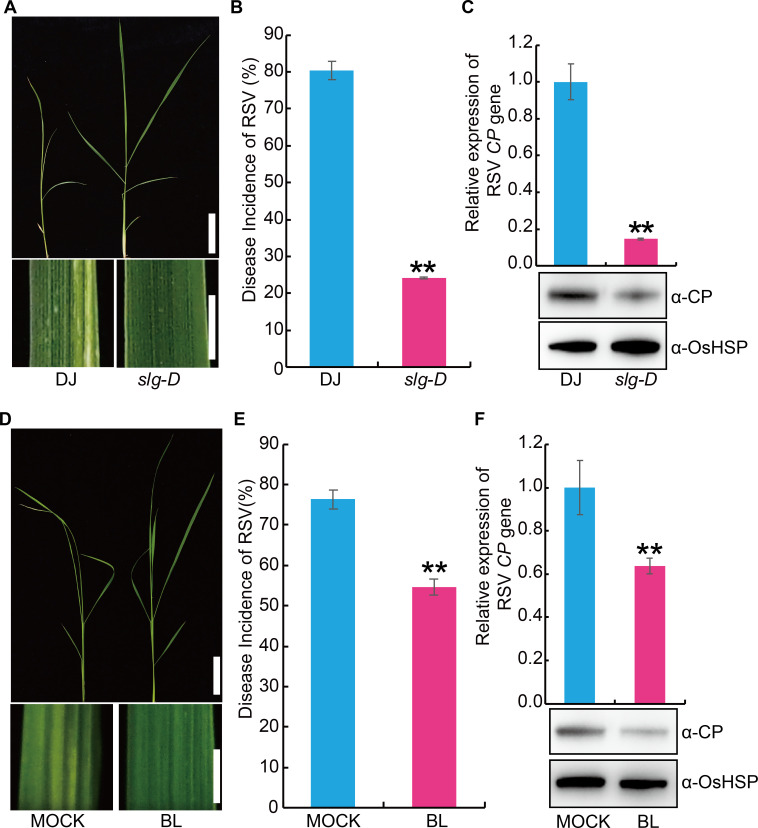Fig 1. Brassinosteroids (BRs) promote the resistance to rice stripe virus disease (RSV) in rice.
(A) Representative images of endogenous BR increased mutant slender grain Dominant (slg-D) and its wild-type Dongjin (DJ) plants infested with RSV-carrying SBPH. Bar = 5 cm (top). Bar = 3 mm (bottom). (B) RSV incidence of slg-D and DJ at 30-day post infection (dpi) with RSV-carrying SBPH. (C) Detection of RSV CP RNA expression levels (upper panel) by quantitative RT–PCR assay and western blot analysis of the RSV coat protein (lower panel) in the RSV-infected plants of slg-D and DJ, respectively. OsHSP was used as loading control. (D) Representative images of rice seedling infested with RSV-carrying SBPH after pretreatment with 1 μM epibrassinolide (BL) or MOCK (0.1% Triton X-100). Bar = 5 cm (top). Bar = 3 mm (bottom). (E) RSV incidence of high susceptible rice cultivar Asominori after pretreatment with 1 μM BL or MOCK at 30 dpi with RSV-carrying SBPH. (F) Detection of RSV CP RNA expression levels (upper panel) by quantitative RT–PCR assay and western blot analysis of the RSV coat protein (lower panel) in RSV-infected rice seedling after pretreatment with 1 μM BL or MOCK, respectively. OsHSP was used as loading control. Data are shown as mean ± SEM (n = 3). **P < 0.01 by the Student’s t-test in B, C, E and F.

